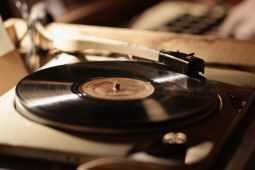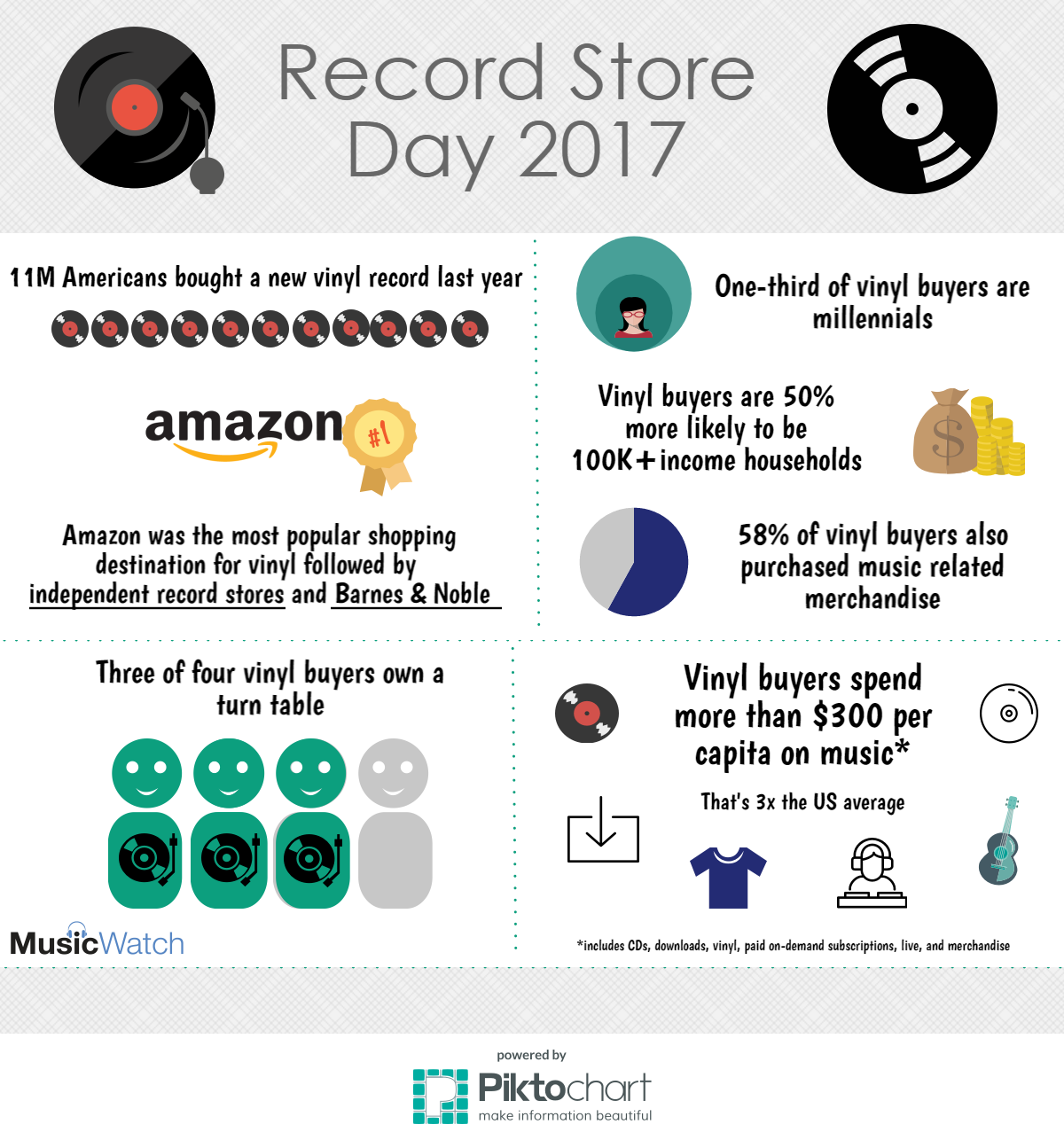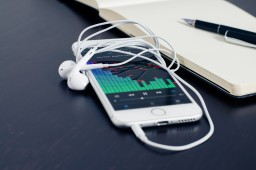Here Comes The Sun.
The US Recorded Music industry is showing signs of recovery following a decade of mostly disappointing economic news. As reported by the RIAA, US retail revenues grew 11% and streaming revenues accounted for just over half of the $7.7B pie.
Where is the music fan in all of this? Overall, in a much better place than a few years ago. According to MusicWatch’s “Annual Music Study” the number of US music buyers grew for the second consecutive year, up 5% in 2016*. Although not at the levels of a decade ago, there is a growing appetite for actually paying for music.
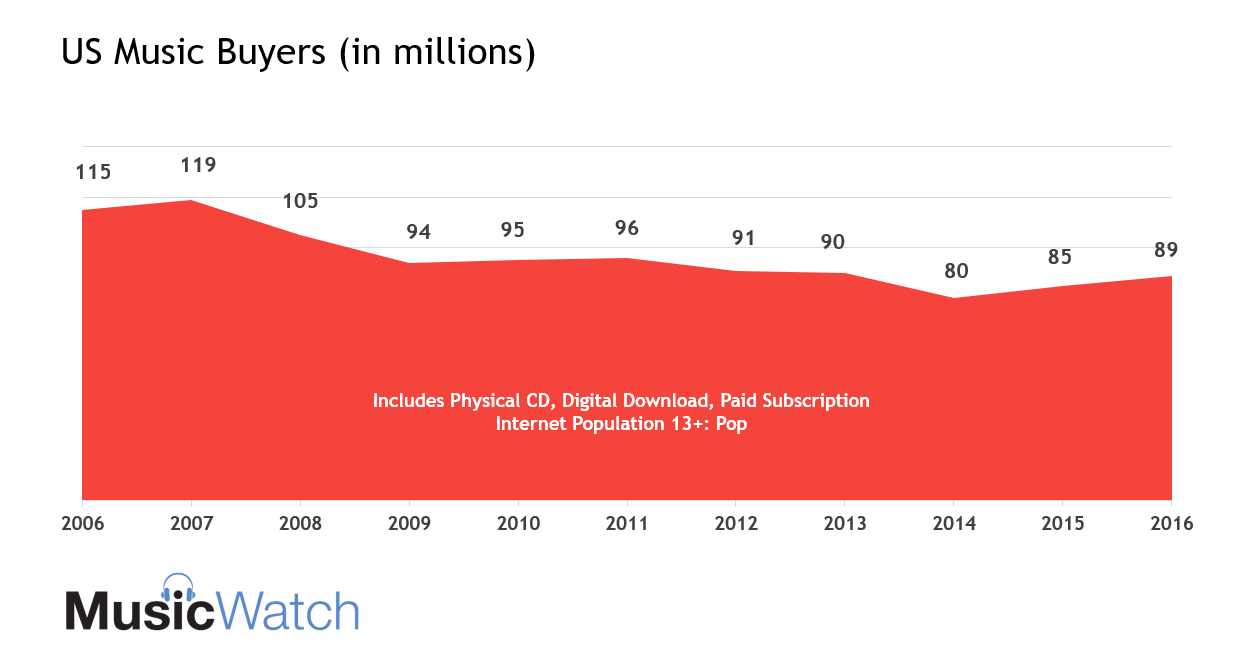
That appetite is best illustrated in the number of Americans paying for an on-demand music streaming service, which grew 150% year-over-year, ending 2016 at 26 million. Despite a repertoire of excellent ad-supported streaming options, millions decided to trade up to a paid version offering more flexibility and features. The potential has been barely tapped. Even with the enormous growth in 2016, only ONE in NINE internet users aged 13 and older are paying for a stand-alone music streaming subscription. With Spotify continuing to grow subscribers and new entries from Pandora, iHeart and Amazon there will be more opportunities to evangelize paid music subscriptions.
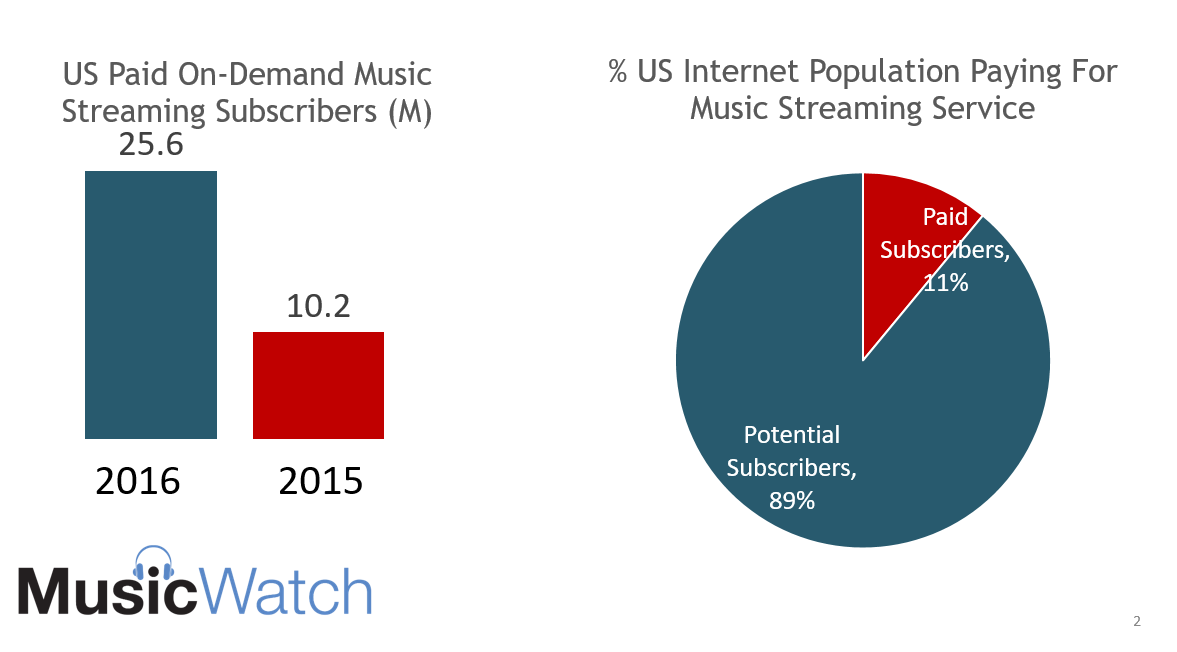
Bottom line, we are spending more. The value of the recorded music customer rose 11% on the strength of investments in on-demand subscriptions.
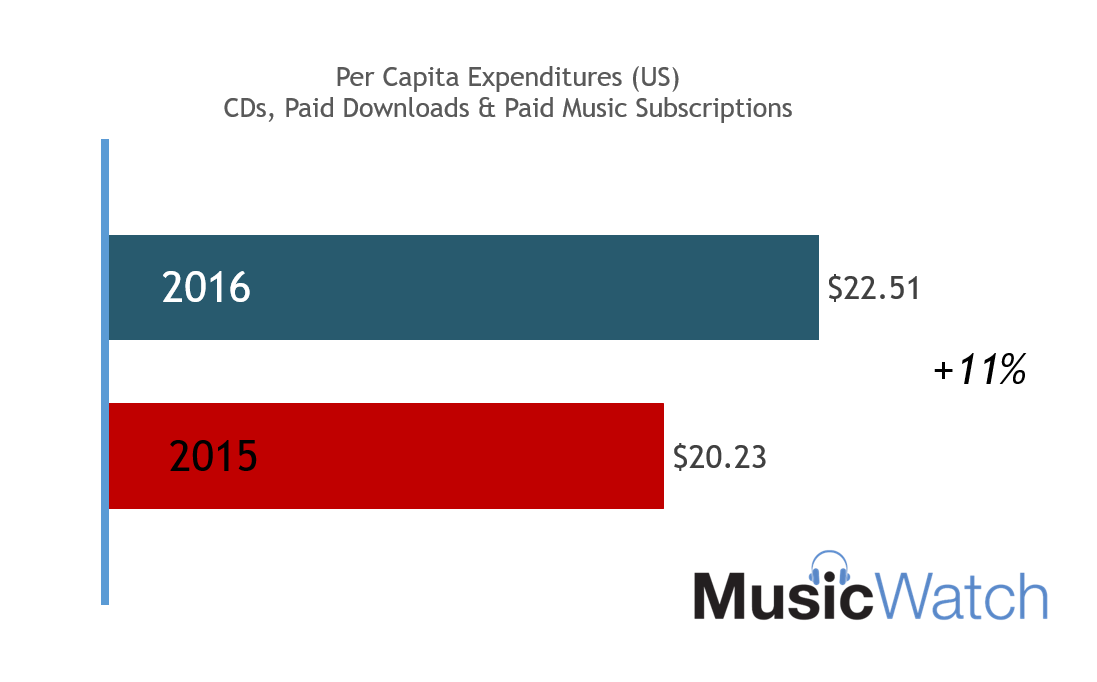
What about ownership? As the RIAA acknowledges, traditional unit-based sales continue to decline. From a consumer perspective, however, there are still tens of millions of CD and download buyers. Certainly they are spending less than before, and these formats are beginning to lose listening share to streaming. But there’s still excitement about ownership around releases for top artists like Adele, Beyonce or Taylor. Even among Millennials, who grew up with the idea of renting content, 57% believe it is important to own music.
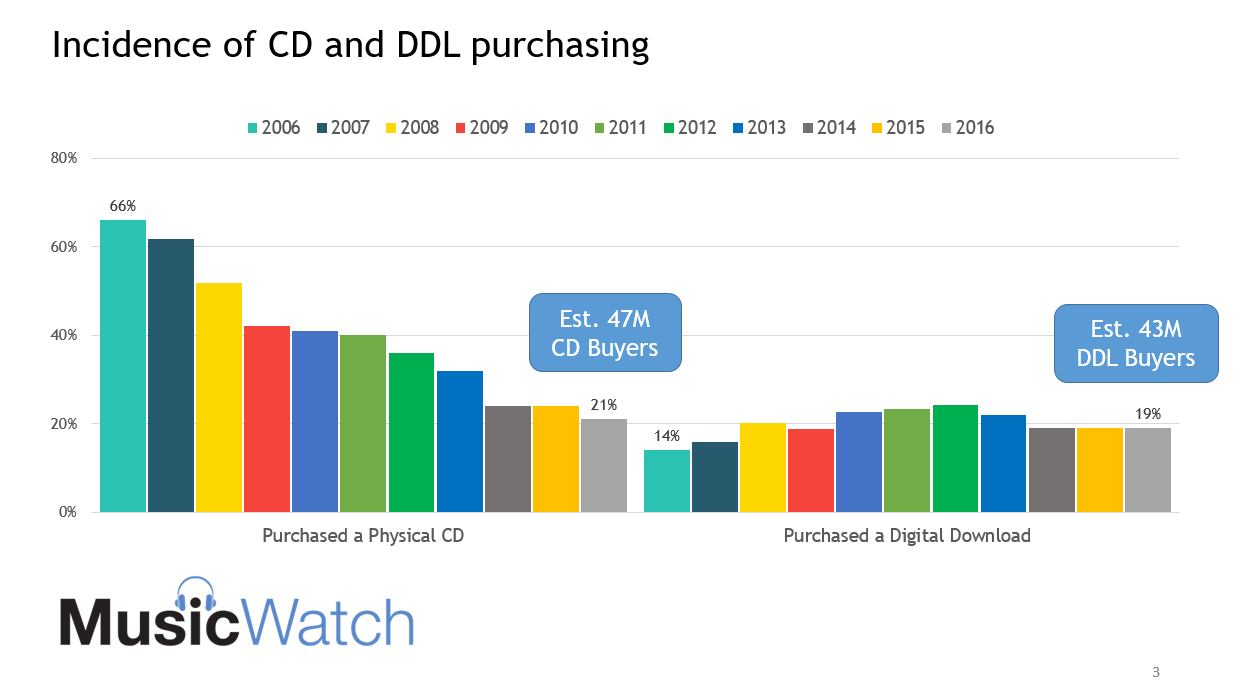
Digital music piracy, a plague that is now nearly 20 years old, diminished a bit in 2016. The number of people sharing unlicensed music content fell 14%. Although it remains a massive challenge, that is a bit of additional good news.
After years of reporting about music fans and misery, here comes the sun. And I say, it’s alright.
*Source: MusicWatch Annual Music Study; includes buyers of CDs, paid digital downloads and subscribers to paid streaming services who personally pay for the subscription.
